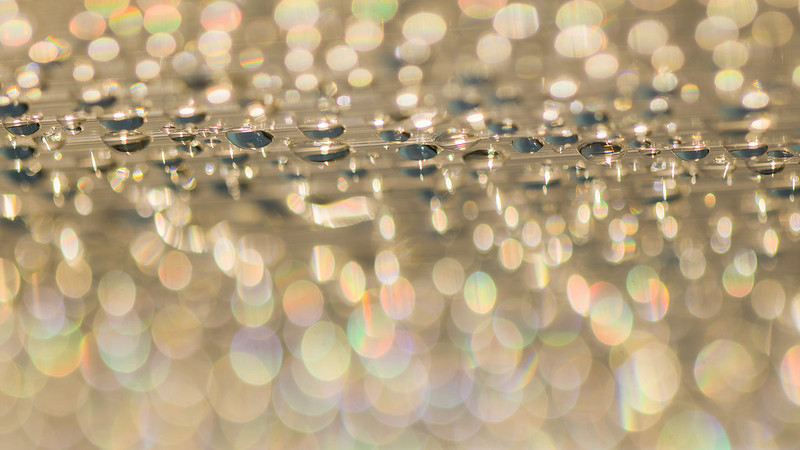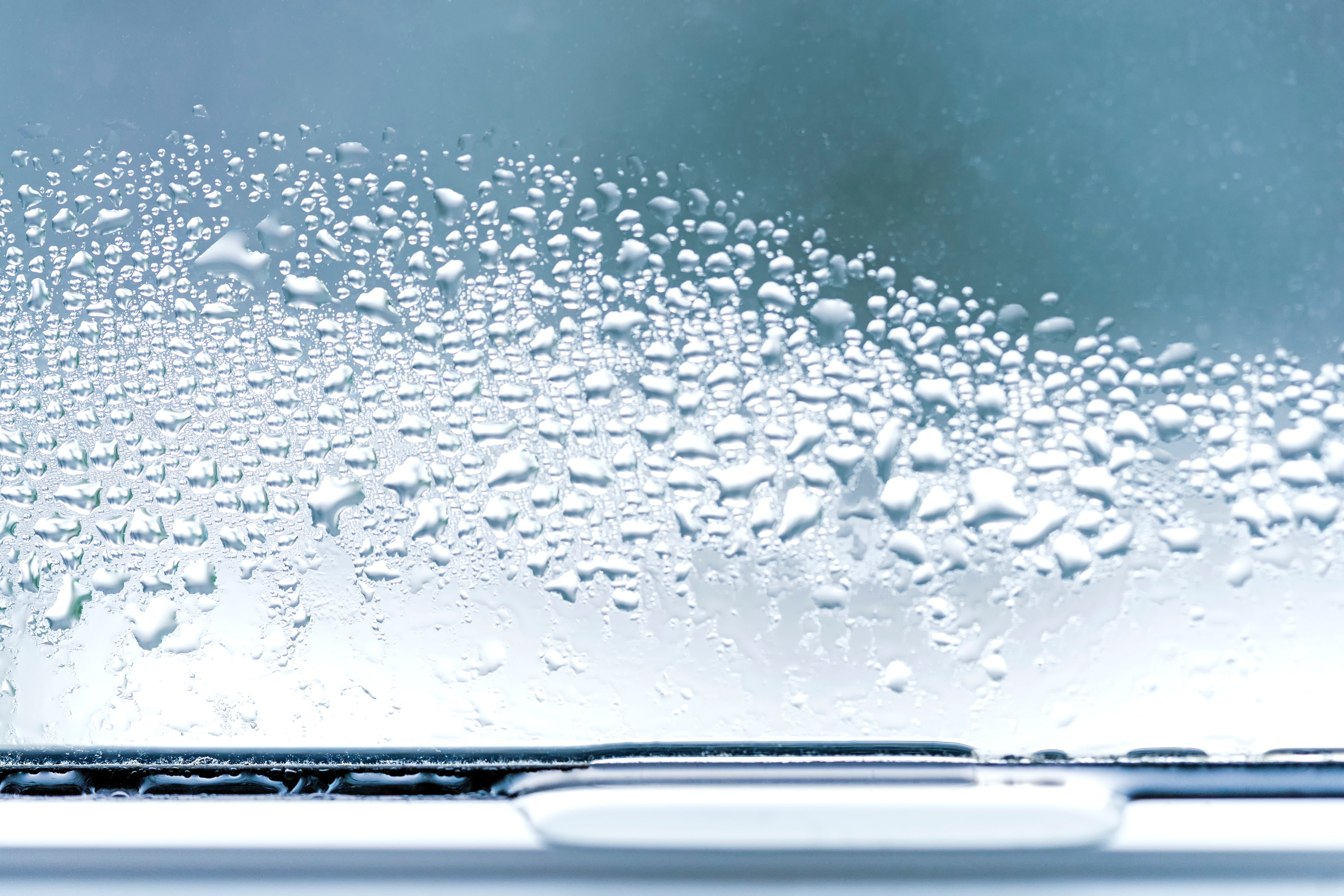
Condensation: it’s the reason why your cold beverage “sweats” on a hot day, why your bathroom mirror fogs up after a hot shower, and why dew appears on grass in the early morning. This ubiquitous process is a vital part of the water cycle, and yet, many of its characteristics go unnoticed. Today, let’s shed some light on the wonders of condensation with 11 captivating facts that you may have never heard before.
Condensation is Part of the Water Cycle
Condensation is a key stage in the water cycle, the process by which water circulates between the Earth’s oceans, atmosphere, and land. It occurs when water vapor in the air cools down and changes into liquid water. This process creates clouds, fog, and even the dew you find on plants in the morning.
Condensation Occurs When Air is Saturated
Condensation happens when the air cannot hold any more water vapor at the existing temperature and pressure, causing it to become saturated. Any excess water vapor in the air will condense into liquid water.
Cold Surfaces Trigger Condensation
If you’ve ever noticed water droplets forming on the outside of a cold glass, you’ve seen condensation in action. When warm, moist air comes into contact with a cooler surface (like a cold drink on a warm day), it cools down rapidly, and the water vapor it carries condenses into liquid water.
Dew Point is Critical for Condensation
Dew point refers to the temperature at which air needs to be cooled in order for condensation to occur. If the air temperature falls below its dew point, excess water vapor will condense. This is why dew typically forms during the early morning hours when temperatures are lowest.

Condensation Can Contribute to Weather Formation
On a grander scale, condensation plays a vital role in the formation of weather patterns. As warm air rises, it cools and its water vapor condenses, forming clouds. When those water droplets combine and grow larger, they can fall as precipitation, such as rain, snow, or hail.
Condensation Helps Regulate Earth’s Temperature
The process of condensation releases heat into the atmosphere, which plays a critical role in regulating the Earth’s temperature. This heat, known as latent heat, is energy stored during the evaporation phase and then released during condensation.
Buildings Have to Contend with Condensation
In architecture, condensation is an important consideration as it can lead to structural problems like damp, mold, and mildew. Insulation, ventilation, and heating systems are all designed to minimize condensation in buildings.
Condensation Trails Mark the Path of Airplanes
Those white lines that trace across the sky after an airplane are condensation trails, or contrails. These form when hot jet exhaust cools down rapidly in the colder upper atmosphere, causing the water vapor it contains to condense into visible ice crystals.

Condensation is a Key Process in Industrial Systems
In industries like power generation, condensation plays a crucial role. For instance, in a steam engine, steam condenses back into water after pushing the pistons, creating a vacuum that draws more steam into the cylinder for the next stroke.
Foggy Windows Demonstrate Condensation
Foggy windows in your car or house are another example of condensation. When there’s a significant temperature difference between the inside and outside surfaces of the glass, moisture in the air can condense on the cooler surface, creating fog.
Condensation is Vital for Life
Finally, condensation is crucial for all life on Earth. By helping to regulate the planet’s climate, forming part of our weather systems, and contributing to the water cycle, condensation ensures that life-sustaining water is continuously recycled and distributed across the globe.
Final Word
In conclusion, condensation is an amazing natural process with both wide-scale and everyday impacts. From helping to form the weather to making your ice-cold drink even more refreshing, these 11 facts show that there’s much more to condensation than meets the eye.
Was this page helpful?
Our commitment to delivering trustworthy and engaging content is at the heart of what we do. Each fact on our site is contributed by real users like you, bringing a wealth of diverse insights and information. To ensure the highest standards of accuracy and reliability, our dedicated editors meticulously review each submission. This process guarantees that the facts we share are not only fascinating but also credible. Trust in our commitment to quality and authenticity as you explore and learn with us.
